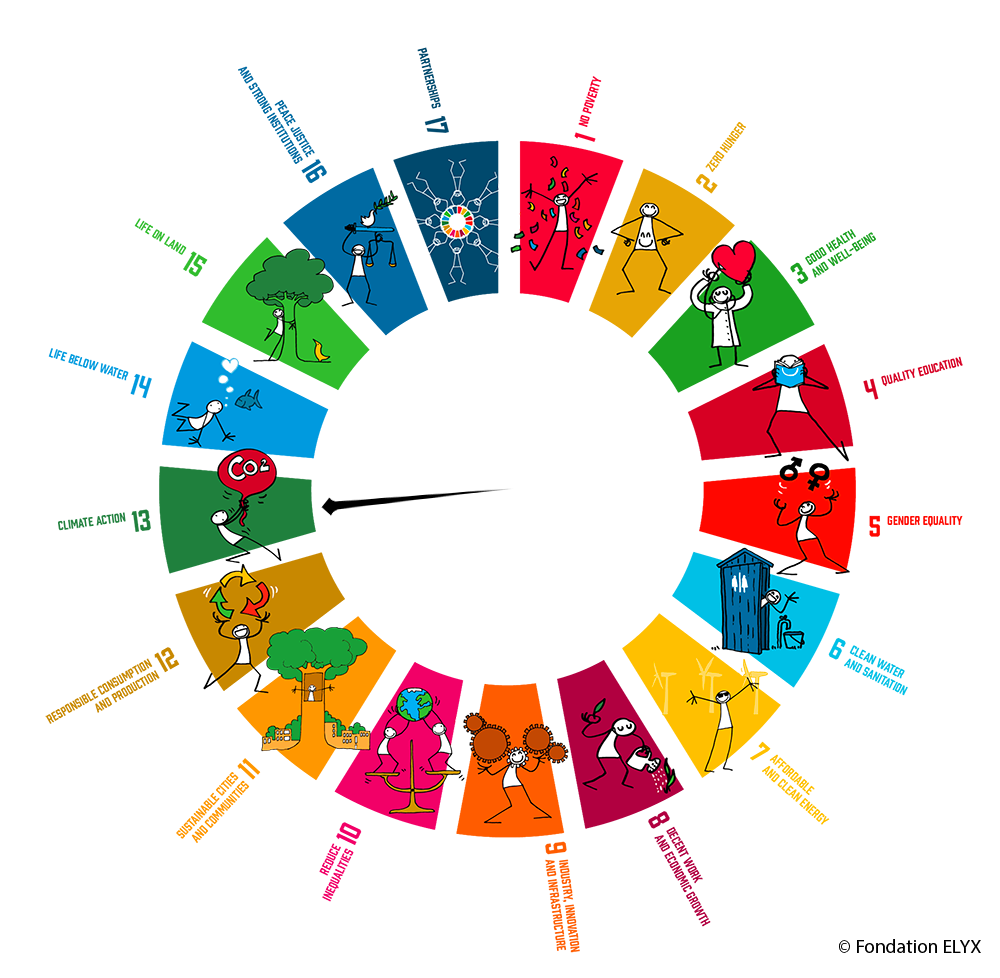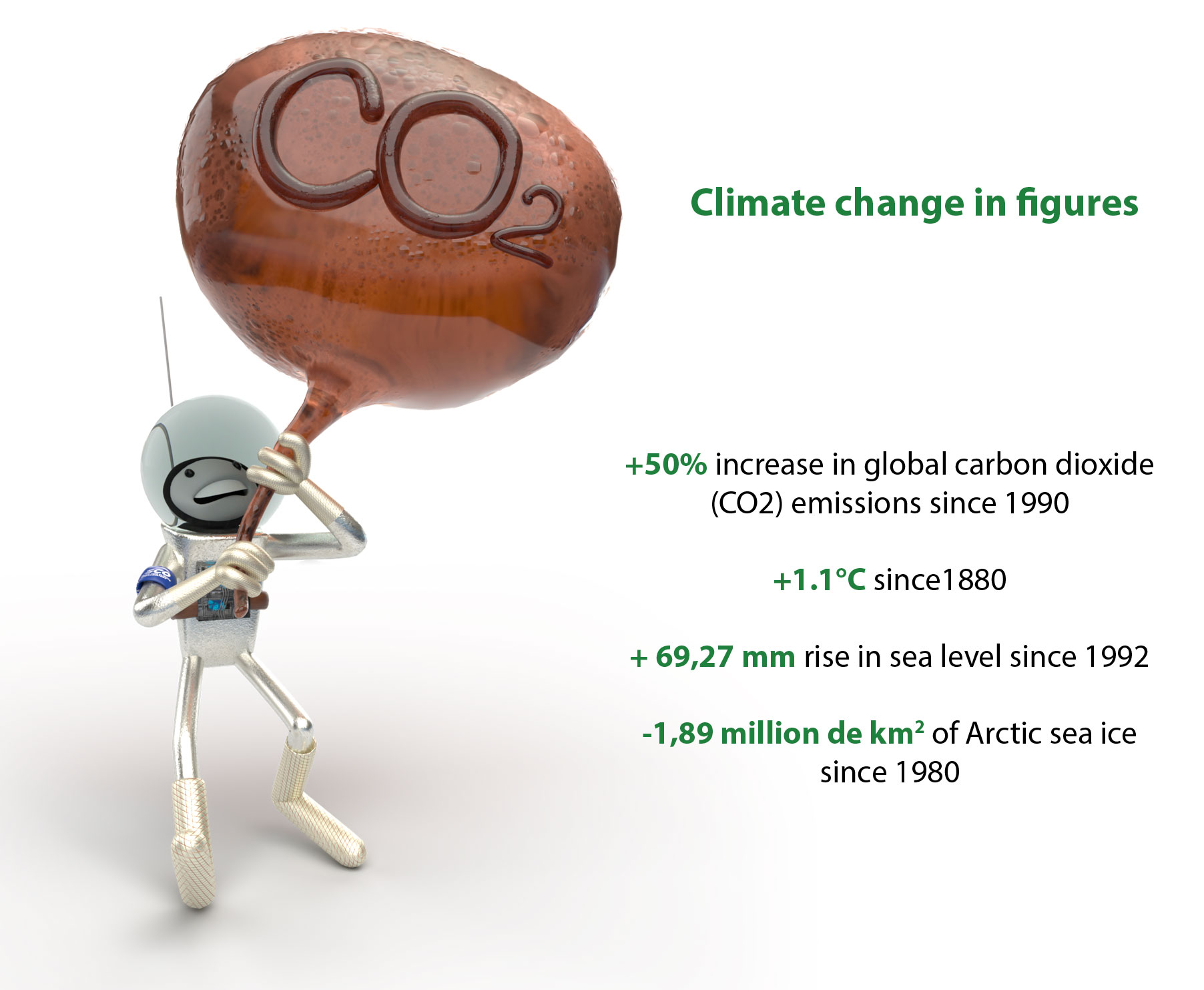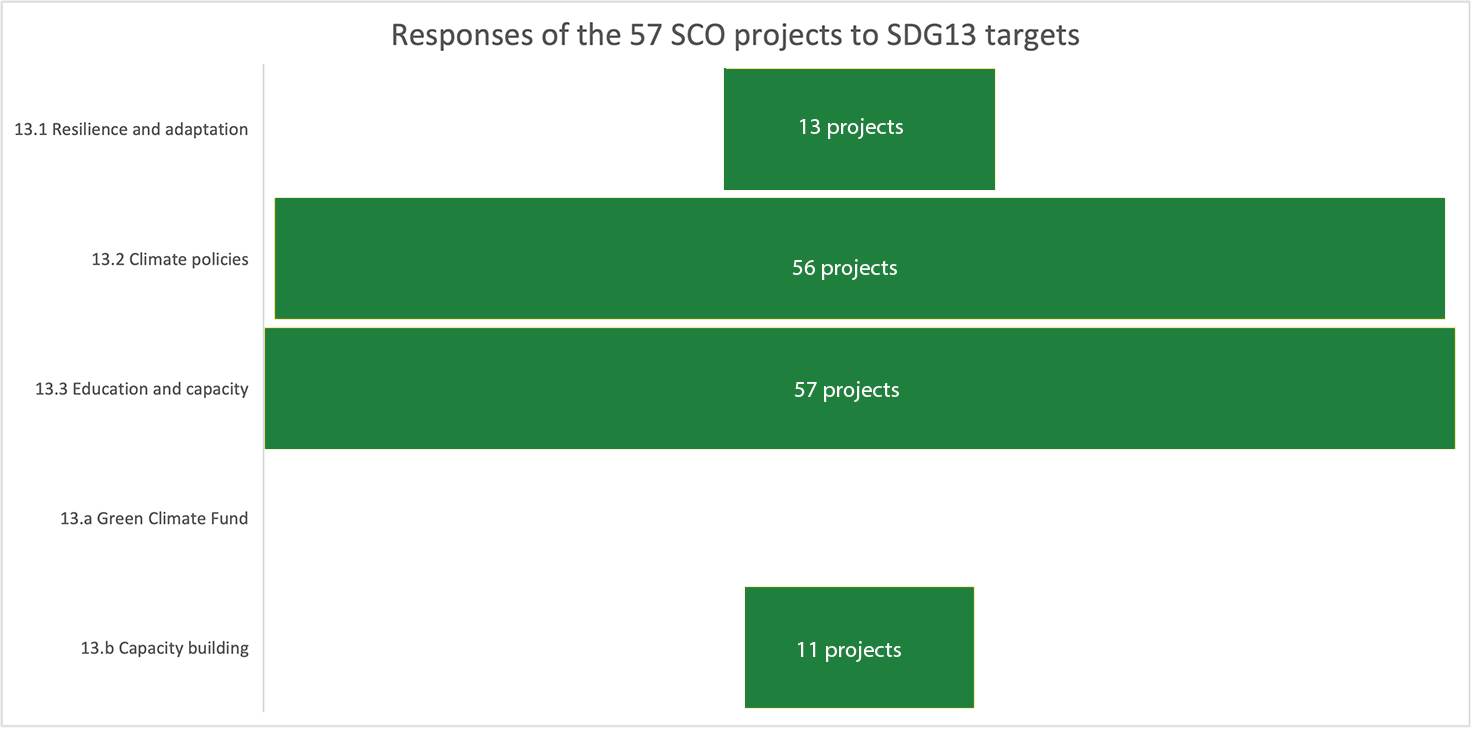SCOlutions to Sustainable Development Goals - #1, SDG13
People, prosperity, planet, peace, partnerships: these are the motivations of the 17 Sustainable Development Goals (SDGs) set by the UN and gathered in the 2030 Agenda, signed in 2015 by 193 States.
But there is one factor that can compromise all these efforts: climate change. Now well established on every continent, its impacts are affecting lives and ecosystems, disrupting economies and, in knock on effect, threatening peace and prosperity.
In response to the need to strengthen international coordination to assess and monitor the consequences of climate change, the Space for Climate Observatory (SCO) was officially launched on June 17th, 2019. Driven by CNES and space agencies from around the world, its partners include two UN bodies (Office for Outer Space Affairs UNOOSA and Environment Programme UNEP). By gathering international space expertise alongside science, particularly in favour of vulnerable territories, SCO is intended to become an essential tool to inform decisions on adaptation and resilience to the consequences of climate change.
26 of the 50 essential climate variables can only be observed from space.
In line with the Paris Agreement and the 2030 Agenda, SCO responds in a very concrete way to the SDGs. How does it do this? First and foremost through its philosophy: to use space data to accelerate local projects that respond to a proven problematic on geographic areas, and that can be transposed to other places to benefit the greatest number of people. In this set of articles on five SDGs addressed by SCO, let us begin with its purpose: the urgency of adapting to the impacts of climate change, i.e. SDG13.

SCO and SDG13 “Take urgent action to combat climate change and its impacts”
100% of {SCO projects} aim to build resilience and adaptation capacity to climate hazards and natural disasters, the first target of SDG13. Modelling marine submersions on the Hérault coastline (France) with {Littoscope}, produce flood warning tools applicable to the Garonne (France) as well as the Mississippi (USA) with {FloodDam}, optimising the management of global water resources with {Stock Water}, or studying the recovery models of Australian beaches after storms with {Monitoring the Gold Coast}, SCO projects address all the issues related to climate change, in all environments and all over the world.
In so doing, they make it possible to operationalise and provide tools for public policies, strategies and national planning in the fight against climate change, the second target of SDG13. In fact, on average, one to two public institutions are directly involved in the consortia of the 50 SCO-labelled projects in France to, for example, aim for greater resilience to flooding in the Aude {FLAude}, reducing urban heat islands {Thermocity, Green Urban Sat, Sat4BDNB}, supporting the rural world in its transformation {MEO-Climate}, anticipating droughts in order to better distribute aid in New Caledonia {EO4DroughtMonitoring}, improving the fight against forest fires {ALEOFEU}… At the origin of pratically all these models are the scientific organizations, which represent 44% of SCO network in France.

Moreover, all of these issues often implies the issue of climate justice. In line with the third target of SDG13, SCO promotes capacity building mechanisms for developing countries, which are currently the most vulnerable to current and future disruptions. In this sense, {Viet-ARRO} project, in partnership with Vietnamese space agency, aims to create an observatory for the resilient recovery of agriculture following typhoons in the country. {OSS Saint Louis} project seeks to assess the vulnerability of the populations and economic activities of the Saint Louis coastline in Senegal to the retreat of the coastline, and to inform both elected officials and inhabitants. In total, 27% of SCO projects include a capacity building component.
Addressing in a generic way, a better education and awareness of all to the adaptation to the impacts of climate change, this last target of SDG13 is not left out since {EducSCO} project, one of the first project to be awarded, has precisely this vocation. In partnership with French Houses of Science (Maisons de la Science) and French Ministry of Education, it organizes an annual training course to help French teachers explain global warming to the younger generations and encourage them to become actors in the changes we must make.
To go further :
- Through concrete examples, replay the clear and dynamic explanations of Laurence Monnoyer-Smith, Director of Sustainable Development at French space agency CNES, and Benoit Meyssignac, Researcher at the CNES/LEGOS Laboratory of Geophysical and Oceanographic Studies, during the French Science Festival 2022 (in French, from minute 22).
- SDG13 presented by the UN





